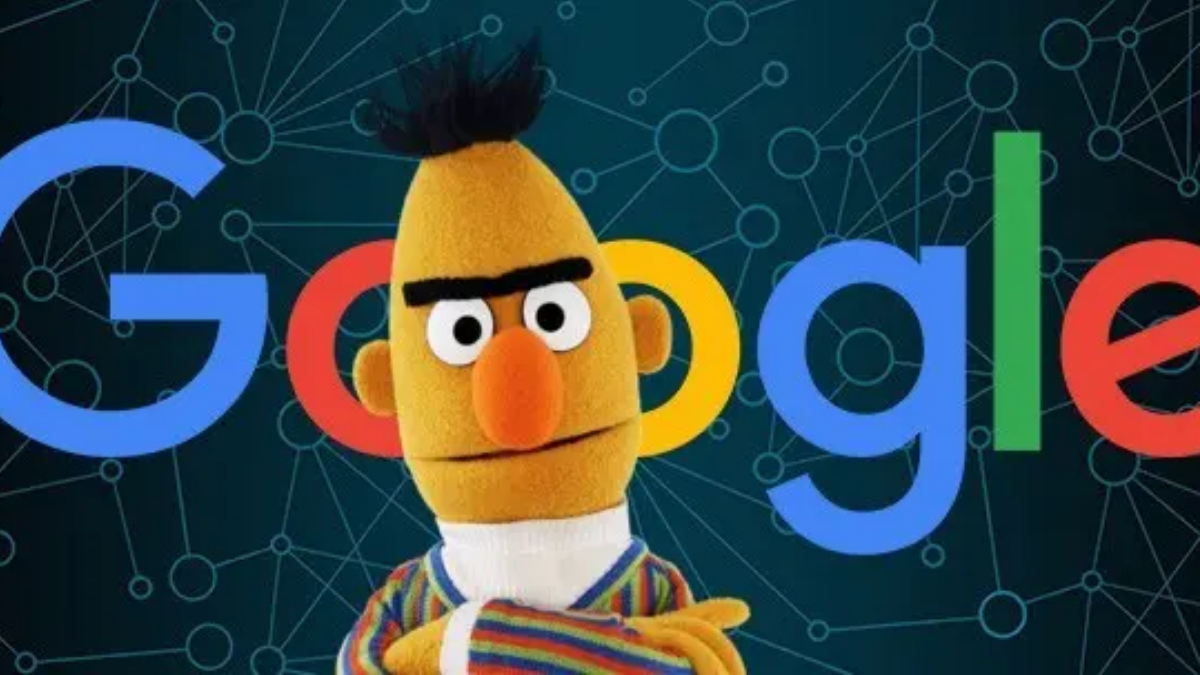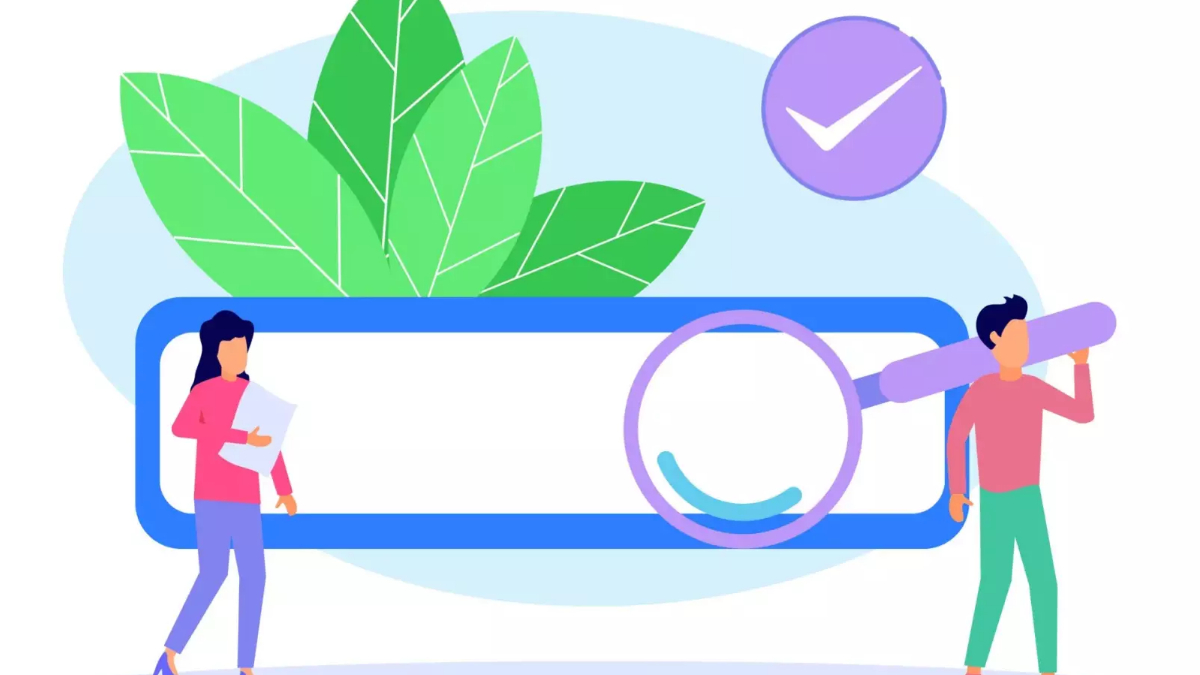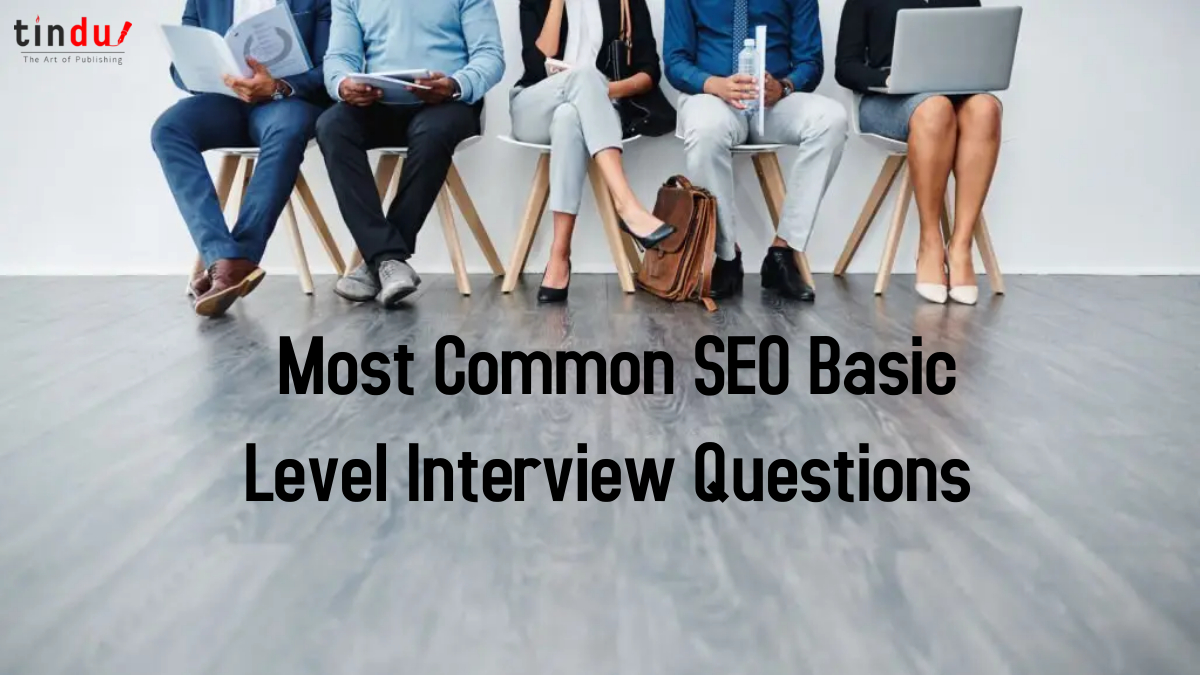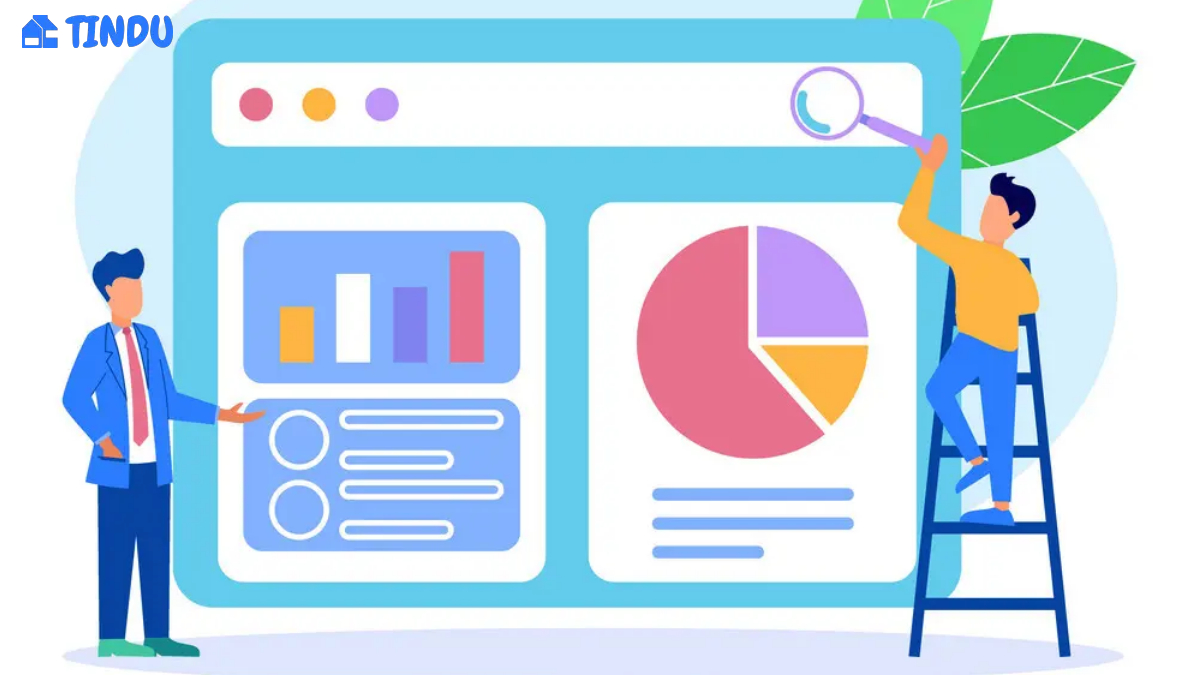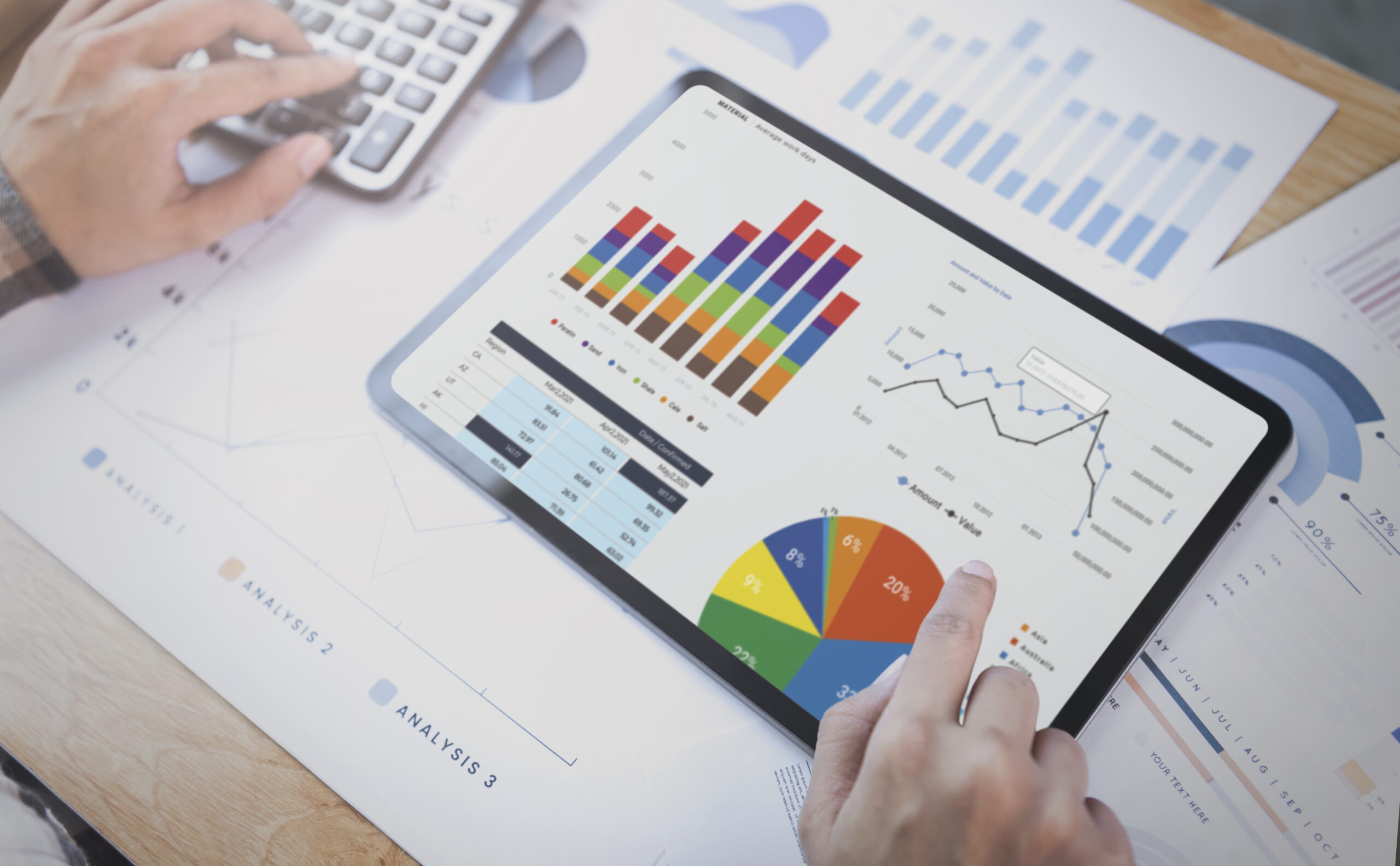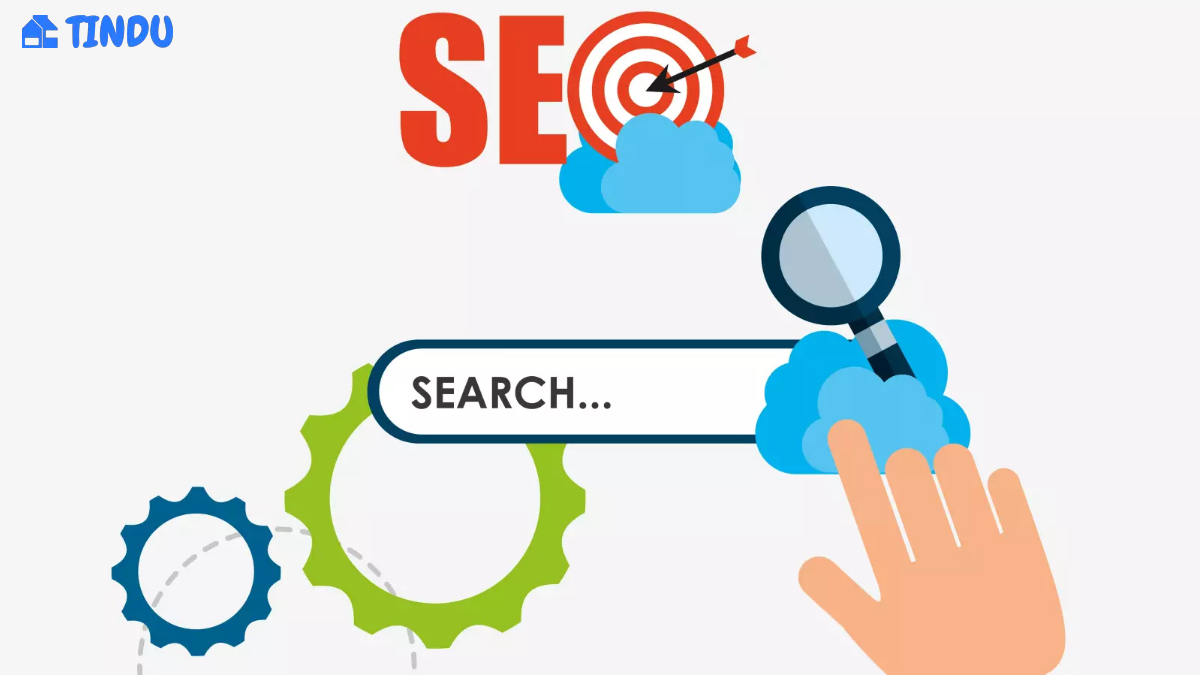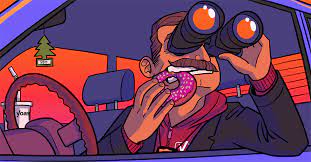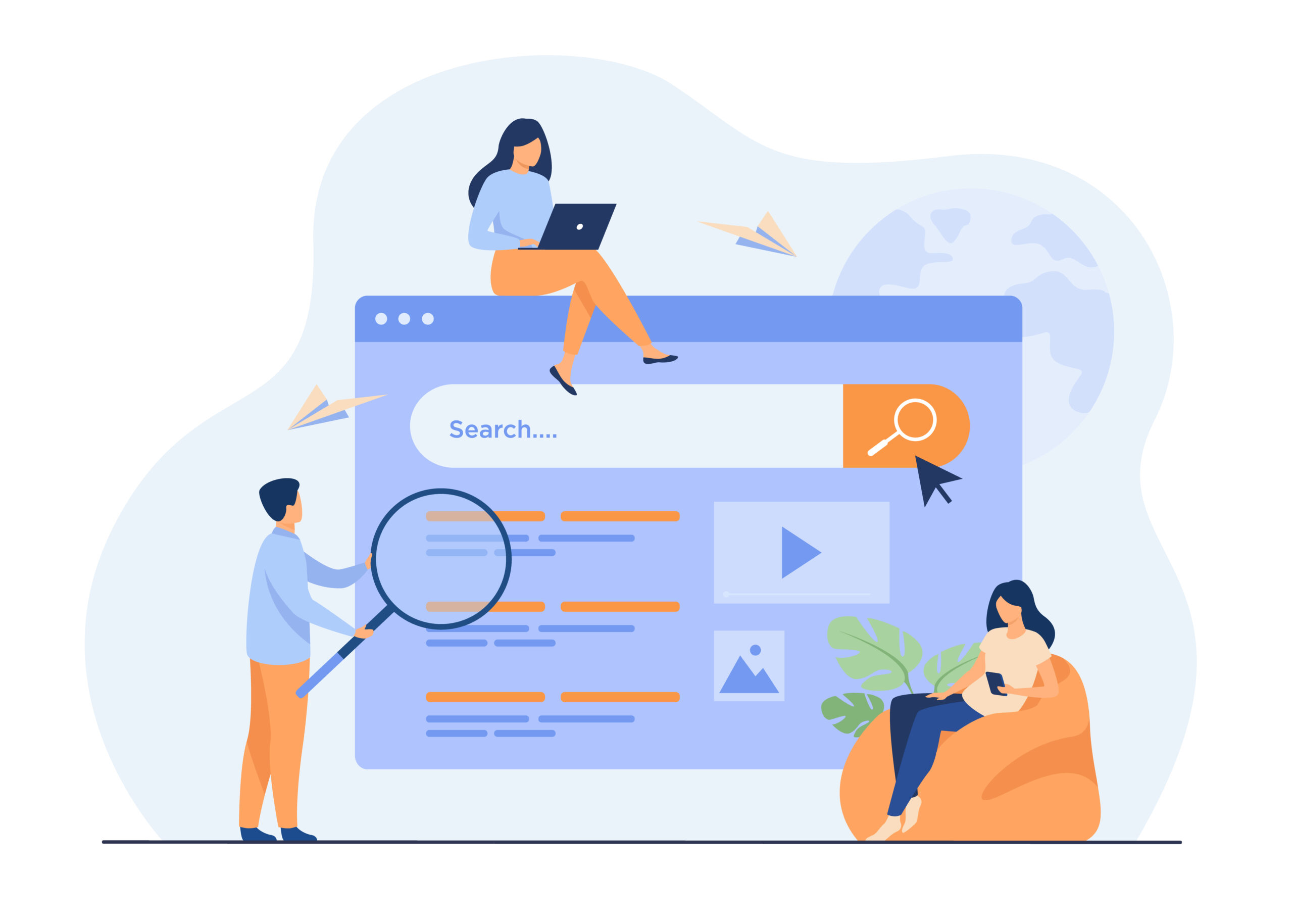What is On-Page SEO?
Before discussion of “How to improve On-Page SEO?”, we are going to know about What is On-Page SEO?? On-page SEO is the way of organizing your website in the way to earn organic traffic and also to improve the website ranking in google search engine result pages.
Many factors are to be considered under On Page Seo like – HTML of the page, internal linking, external linking, and metadata (meta description, keyword density, and meta description) along with posting relevant and high-quality content and images. when you add all these aspects, you will surely be left with an improved webpage.
On-page SEO is based on the actual content of the page means everything within the website can fall under the realm of potentially affecting SEO- this involves metadata, text, HTML code, CSS, JavaScript, and many more. This is called “Content”.
Why On-Page SEO is important?
On-page SEO helps search engines analyze your website and its connected content so that they can determine whether a search engine query is relevant to your website. Google constantly updates its algorithms to better understand the intent of search engines and provide search results that fulfill the needs of users. So your website should match all the updated guidelines.
Your website and its content, including user-viewable content (i.e. media, content, images) and search engine-viewable content (i.e. metadata, HTML), should be optimized for the latest practices used by companies like Google. In this way, search engines can understand your website and how to rank it.
Whether you are a large business or a small business, optimizing search engine optimization on your website page is very important. SEO represents one of the most common digital marketing strategies and remains very popular due to its reliable return on investment. In fact, on-page search engine optimization provides the best return on investment in almost all digital marketing strategies, and its relatively low cost and long-term benefits can help the website develop and generate years of passive traffic.
On-Page SEO factors
1. Focus keyphrase
The focus keyphrase is a term or phrase that you want a page or post to rank for most on search engines. Here, major points to keep in mind are :
- The focus keyword should be included in your Page Title.
- The length of Focus Keyphrase.it may be a single word or a collection of few words.
- The focus keyphrase must be included in the introduction part.
- The focus keyphrase should be there in your page URL.
- The focus keyphrase must be included under 75% of your page Subheadings.
2. Page Title
Your title tag is one of the important On-Page SEO factors on the page. Make sure there are target keywords in the page title. Generally speaking, the closer the target keyword is to the beginning of the title tag, the more weight it has on search engines.
Also, please pay attention to the length of the title. The recommended title length is 50-60 characters. Anything longer than this, your title may appear truncated in search results.
3. Page URL
The URL of a new page or blog post is another important page of search engine optimization that will be noticed first. When deciding which URL to use, be sure to consider your target keywords. Always include the target keywords in the URL and separate them with hyphens.
It is also recommended that your URL be short and clear. Avoid lengthy, ambiguous URLs filled with numbers. Keep your URL clean, focused keyword, and descriptive. You should allow users to understand all the content on your page. You are also recommended to check the performance of your page on Google Search Console.
4. Meta Description
Although meta description does not directly affect rankings, it is still considered one of the key elements of on-page SEO. Writing a clear and compelling meta description that succinctly reflects the content of your content can help increase clicks, which translates into more traffic.
Like title tags and URLs, meta descriptions should also contain target keywords. Length is also important here. Although Google can still display longer meta descriptions up to 320 characters, it’s best to keep the length between 70 and 160 characters.
5. H1 Tags
H1 tag or title tag 1 is an HTML tag that indicates the main title of the page. H1 is an important ranking factor in SEO and is usually the most visually compelling content. The title of your blog post is usually your H1 tag. The important thing is that you should be able to describe the content of the content. Keep the length between 20 and 70 characters; not only that, it will dilute the SEO influence you have.
Make sure to check that each page has only one H1 tag by checking the source code of your website. Although the presence of multiple H1 tags does not necessarily confuse search engines, it can still seriously damage your SEO ranking.
6. Keywords
Keywords are mentioned repeatedly in this article, and there is no doubt that they may be the most important SEO factor. However, the key to harnessing the power of keywords is to be able to use them correctly.
Make sure to use target keywords in the first paragraph and the rest of the post, namely the body, title, and image title. Use relevant keywords or their variations in the most natural way; keyword stuffing can severely damage your ranking and reputation.
7. Images
Blog posts with relevant images perform in search engines significantly better than blog posts without relevant images. Actually, there are many things to consider when including images in your content.
First, it is important to use target keywords in image file names, image titles, and ALT tags. In this way, your images can be seen in searches for related images, which can drive traffic to your website. Second, the size of your image file should be optimized for web browsing; Too large a size can hinder your page loading speed, which is also a key SEO factor. In addition, use media queries to ensure that your images are responsive when viewed on mobile devices.
8. Internal and External Linking
Internal and external links in your content are a key part of any SEO strategy because they signal to Google that your website is a good resource for important information.
Adding at least two or three internal links to your content can not only help users find other relevant content sources within your website; it can also allow search engine robots to stay on your website for longer, resulting in more pages Be indexed. Linking to two or three reputable and authoritative sites can also help strengthen the trust signal, which is valuable for SEO.
